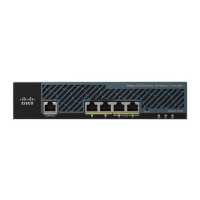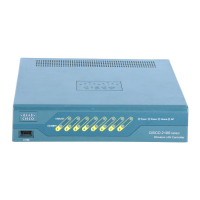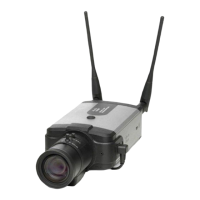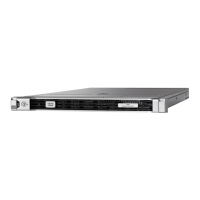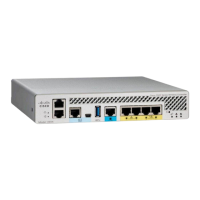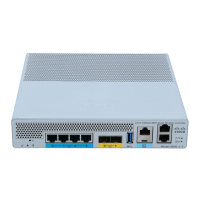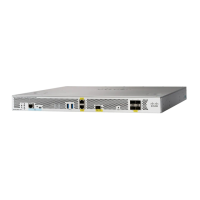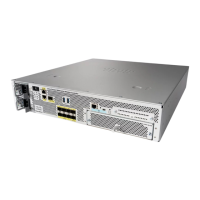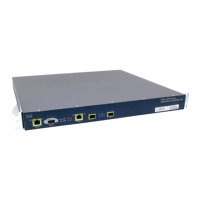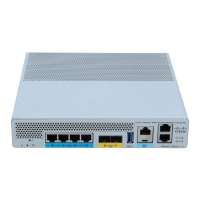Synchronous Serial Connections
Before you connect a device to the synchronous serial port (labeled "SERIAL"), you will need to know
the following:
The type of device, DTE or DCE, you are connecting to the synchronous serial interface.
●
The type of connector, male or female, required to connect to the device.●
The signaling standard required by the device.●
DTE or DCE
A device that communicates over a synchronous serial interface is either a DTE or DCE device. A DCE
device provides a clock signal that paces the communications between the device and the router. A DTE
device does not provide a clock signal. DTE devices usually connect to DCE devices. The documentation
that came with the communications device should indicate whether it is a DTE or DCE device. (Some
devices have a jumper to select either mode.) If you cannot find the information in the documentation,
refer to to help you select the proper device type.
Table 2-1 Typical DTE and DCE
Devices (Continued)
Device Type Gender Typical Devices
DTE
Male
1
Terminal
PC
Router
DCE
Female
2
Modem
CSU/DSU
3
Multiplexer
1
If pins protrude from the base of the connector, the connector is male.
2
If the connector has holes to accept pins, the connector is female.
3
CSU/DSU = Channel service unit/data service unit.
Speed and Distance Limitations
Serial signals can travel a limited distance at any given bit rate; generally, the slower the data rate, the
greater the distance. All serial signals are subject to distance limits, beyond which a signal degrades
significantly or is completely lost.
Table 2-2 lists the maximum speeds and distances for EIA/TIA-232 signals. This signaling standard
supports unbalanced circuits at signal speeds up to 64 kbps.
http://www.cisco.com/univercd/cc/td/doc/product/access/acs_fix/cis2500/2520/2520_23/c2520pre.htm (6 of 13) [10/27/2000 3:07:41 PM]
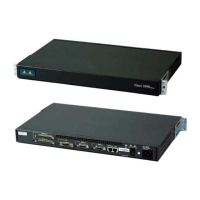
